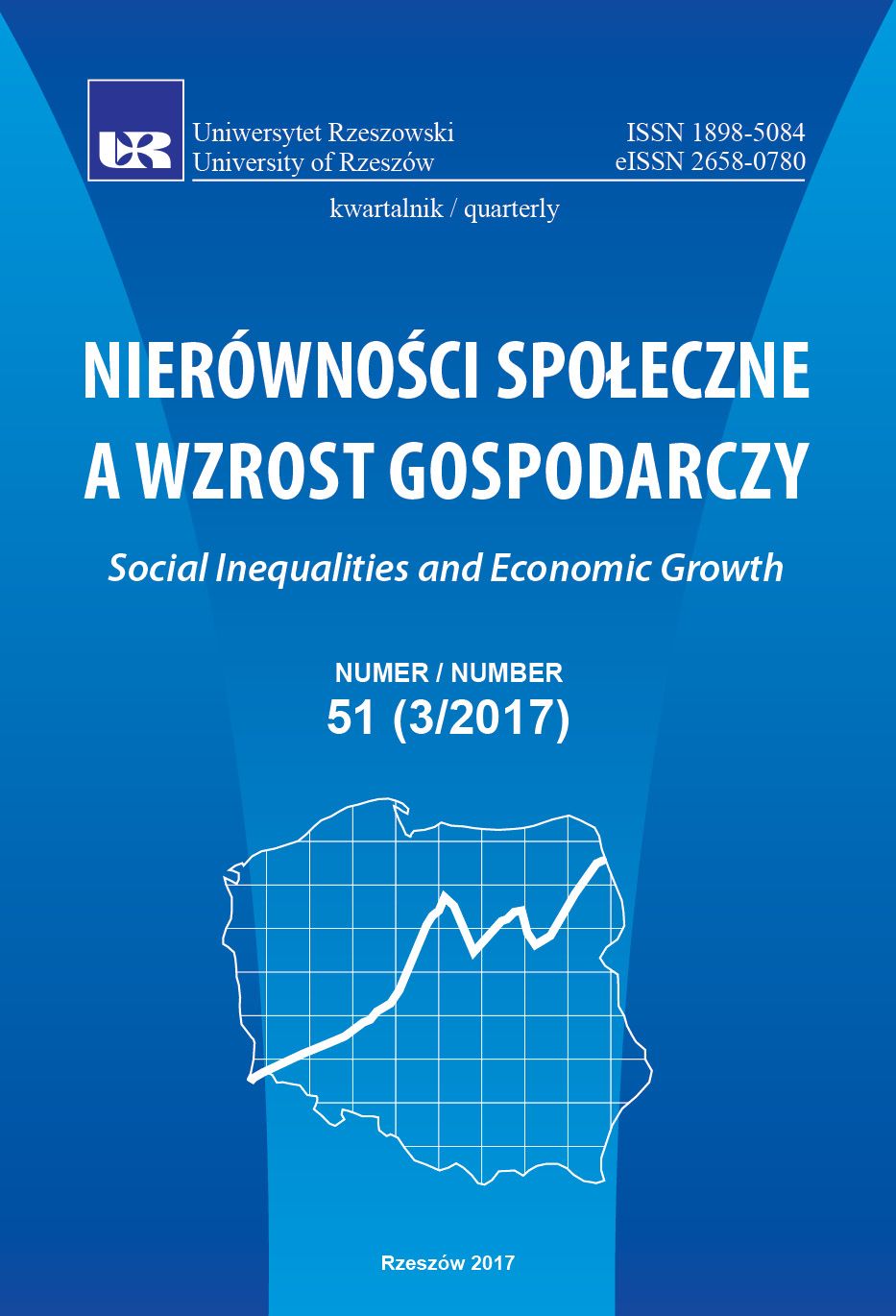Reproduction of the human capital in Belarus
DOI:
https://doi.org/10.15584/nsawg.2017.3.16Keywords:
Reproduction of the human capital, Mothers’ Index Ranking: Maternal Health, Children’s Well-being, Educational Status, Economic Status, Political Status, Maternal Mortality Rate, Infant Mortality Rate, Gender Inequality Index (GII)Abstract
The basis of sustainable development and ensuring socio-economic security is an economy based on knowledge. Improving the process of reproduction of human capital is essential to carry out in three ways: production, storage and implementation of “human capital”. An analysis of the demographic situation in the country allows us to conclude about the complexity of the solution of demographic problems. This is due to lack of natural population growth and “human capital”. Qualitative growth “human capital” is required on the basis of economic, social and professional development of the person, continuous training, update their knowledge throughout their working life. A number of indicators characterize the effectiveness of the reproduction of the human capital of individual countries. Mothers’ Index Ranking is a complicated figure. It takes into account both “child” and “parent” medical components, as well as the educational, economic and political status of women in society. Therefore, Belarus has overtaken the United States, Japan and some highly developed countries. This indicator makes it possible to look at the situation more widely than in the material dimension, such as GDP per capita.Each country has a chance to express themselves in other dimensions. Gender Inequality Index provides insight into the gender gap in key sectors of human development. Index allows to identify those industries that require critical political interference. The CPI builds public policies to overcome the systematic oppression of women.Downloads
Download data is not yet available.
Downloads
Published
2020-11-13
How to Cite
Колесникова, И. (2020). Reproduction of the human capital in Belarus. Social Inequalities and Economic Growth, 3(51), 191–203. https://doi.org/10.15584/nsawg.2017.3.16
Issue
Section
Articles
License
Copyright (c) 2017 University of Rzeszow

This work is licensed under a Creative Commons Attribution-ShareAlike 4.0 International License.


